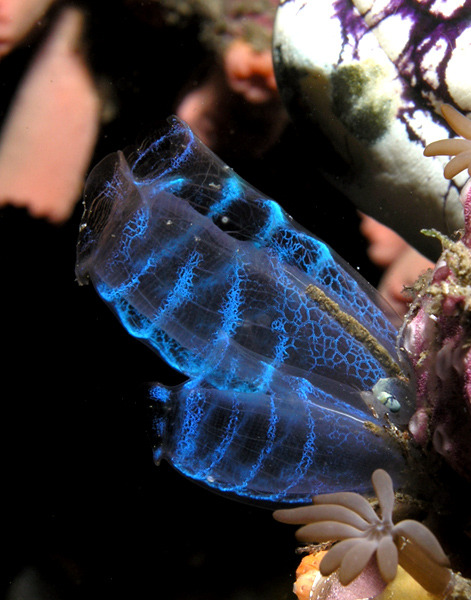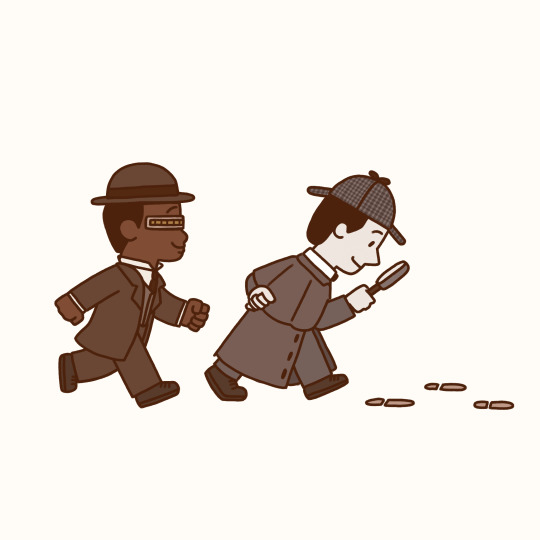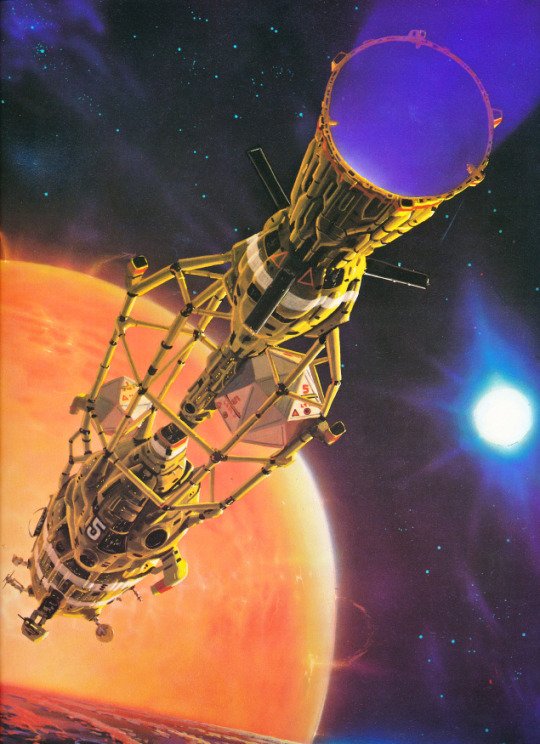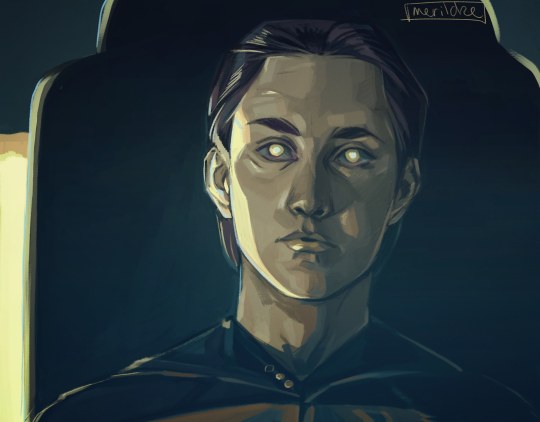Text
If we discover alien life, what will it look like?
We have no way of knowing, but the hunt for extraterrestrial life can now include purple bacteria, according to a group of astronomers who are recording the chemical makeup unique to the lavender-hued organisms. These microbes may have dominated Earth early on in our planet's history and are well-suited to emerge on faraway worlds that circle dim red stars smaller than our sun, a new study suggests.
The latest cataloging effort is in part "to create a database for signs of life to make sure our telescopes don't miss life if it happens not to look exactly like what we encounter around us every day," study co-author Lisa Kaltenegger of Cornell University said in a statement. "Purple bacteria can survive and thrive under such a variety of conditions that it is easy to imagine that on many different worlds, purple may just be the new green."
Continue Reading.
96 notes
·
View notes
Photo

Glowing Seasquirt
Some species of seasquirts have symbiotic relationships with bioluminescent bacteria. The light emitted attracts plankton, which the seasquirt feeds on. In return, the bacteria have a structure to live on.
Nick Hobgood on Flickr
922 notes
·
View notes
Text



I've been having such a good time with my TNG rewatch! fellow Data fans where are you
3K notes
·
View notes
Photo

Peter Elson from the book The World of Tomorrow (1980)
941 notes
·
View notes
Text

☕️Picnic with Data🍰
Ahhh I was meaning to finish this in time for Valentine’s Day, but alas, it was not meant to be.
I’m really proud of this piece! I’ve never done a full background like this nor dappled shade, so we’re learning new things all around.
Hope y’all enjoy!! ❤️
82 notes
·
View notes
Text

The Hercules Globular Cluster (M13) and the dust around it // seasalt.astro
32 notes
·
View notes
Text

I've been watching too much sci fi.
Here's a quick drawing of data I did
2K notes
·
View notes
Text

“The Bottle Tree Portal”
Socotra, Yemen.
Photographer: Benjamin Barakat
Milky Way Photographer of the Year
60 notes
·
View notes
Text

my blog archive
#sillypost#on my normal window view they are offset by 1‚ but i resized the window to look at this#lol picard
21 notes
·
View notes
Text
While details are understandably slim today, life on Earth is thought to have arisen about 4 billion years ago from a fateful blend of organic compounds popularly known as primordial soup.
Just how – and where – the ingredients for this proto-biological entree were generated is still a field of debate, given the timeline and surface conditions on a cooling baby Earth.
Crucial materials like amino acids, lipids, and sugars can form in the depths of space, as recent research has shown, and have been delivered to the early Earth via meteorites and comets.
According to a new study by a team from Germany and France, that scenario is not only plausible, but offers the most likely explanation for how Earth obtained certain building blocks of life, some of which would have formed more efficiently in interstellar space.
Continue Reading.
60 notes
·
View notes
Text
Murchison Meteorite - The Oldest Material Ever Found on Earth It is one of the most scientifically studied meteorites that fell in Australia in 1969. Dated around 7 billion years old. Granada Gallery Collection (Source)
392 notes
·
View notes
Text

this is censored for a reason pls don’t smite me hellsite
uncensored (adults only!!!!)
56 notes
·
View notes
Text

Hubble Spots a Galaxy Shrouded by Stars by NASA Hubble Space Telescope
139 notes
·
View notes



